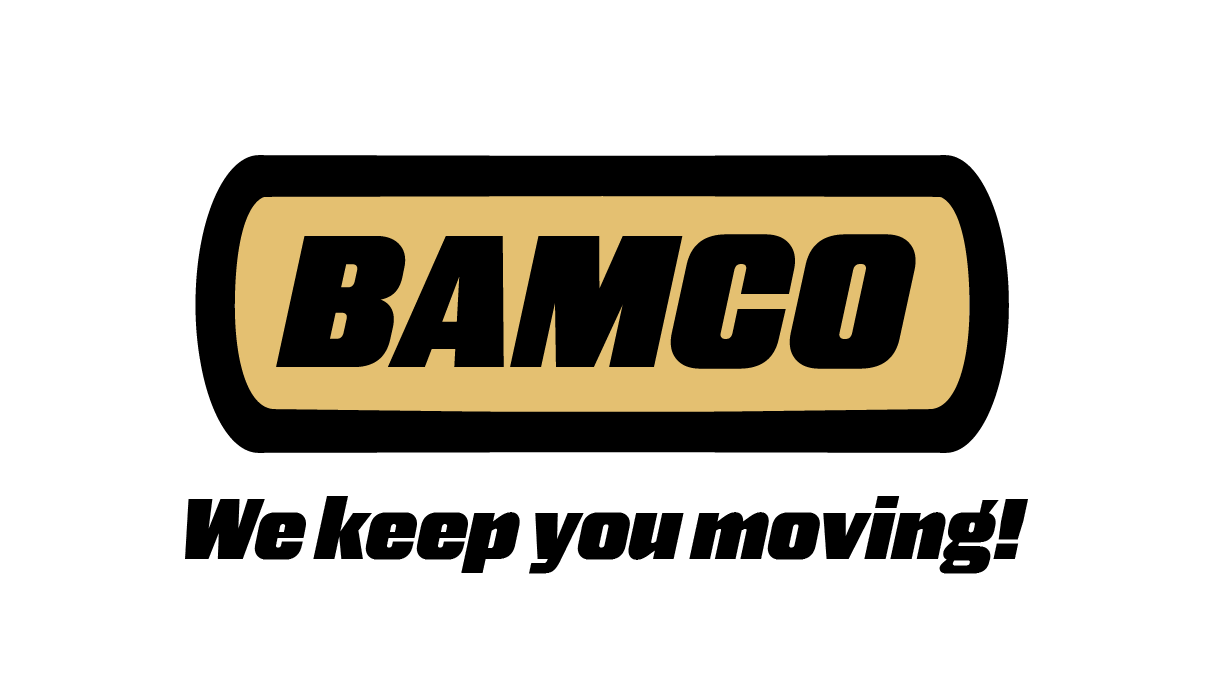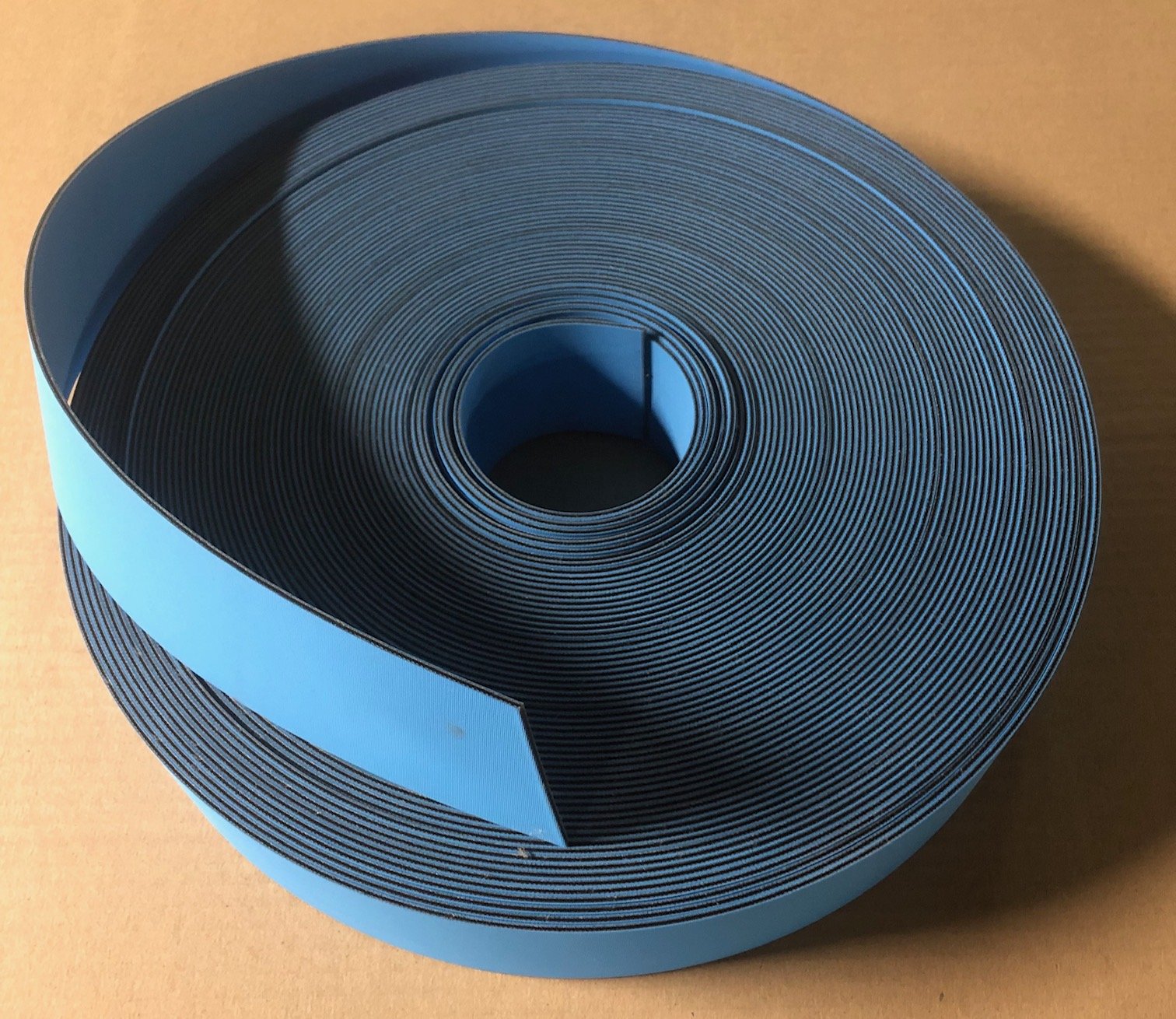As you can guess with the running theme of these articles, these belts are variable at cost. Outside of freight, selling expense, and overhead, the materials that are used to make the belts are the largest cost driver of the belt. These belts consist of two major parts, the core and the covers. When it comes to the belt covers; rubber is the cheapest and most common, leather is a little more expensive, and tempered polyurethane is generally the most expensive. In regards to core material the general trend is that; nylon is the cheapest, polyester is a little more expensive, and Kevlar is the most expensive.
The thickness of the core is also a major cost driver of the product. The thicker and more durable the core, the more the belt is going to cost. Lastly, the dimensions of belt also determine how much the belt will cost. Obviously, the wider and longer the belt is, the more it will cost due to materials needed and freight. These trends are pretty straight forward and it is easy to track why these belts cost what they do.

